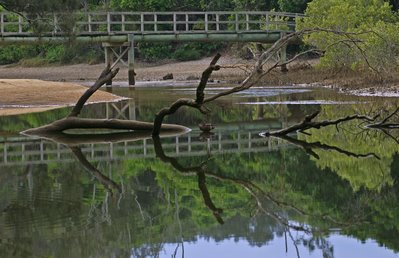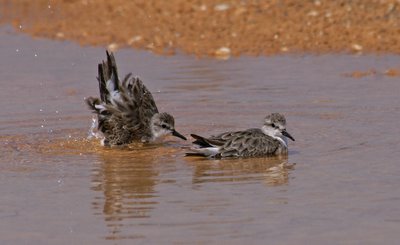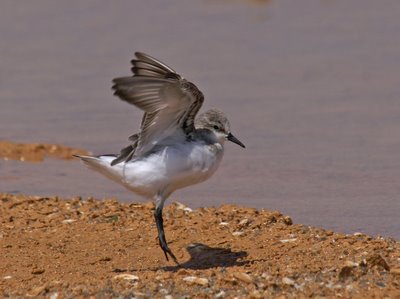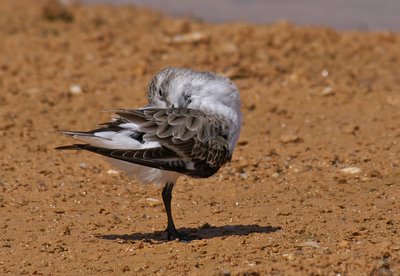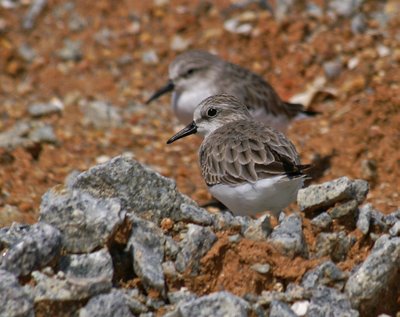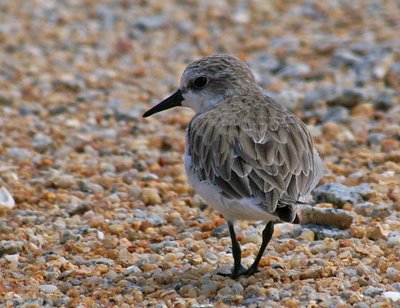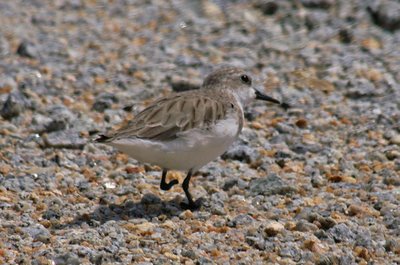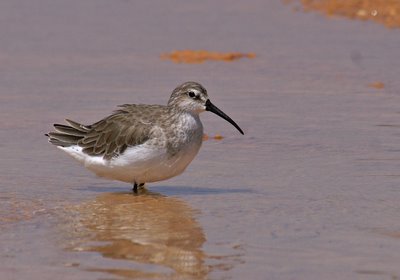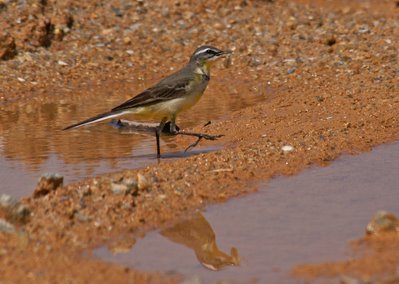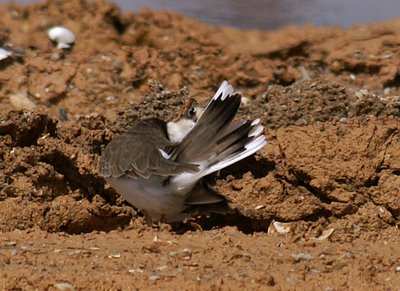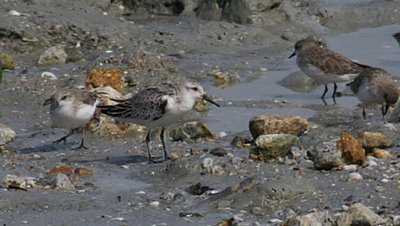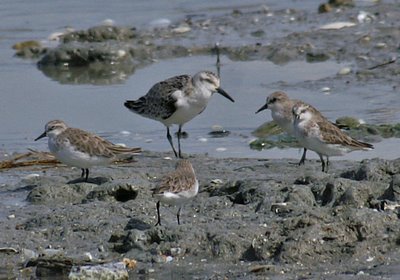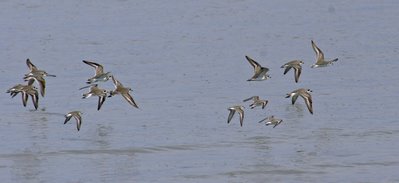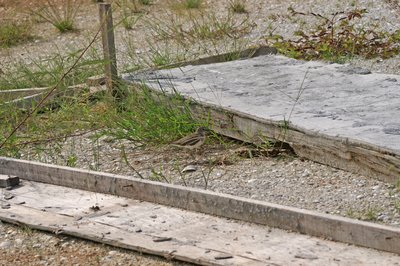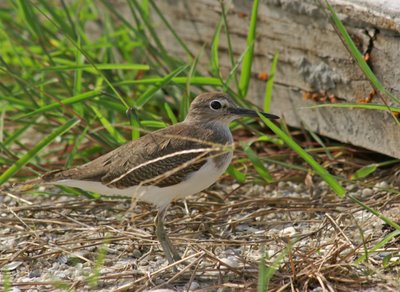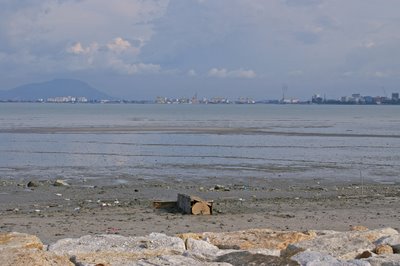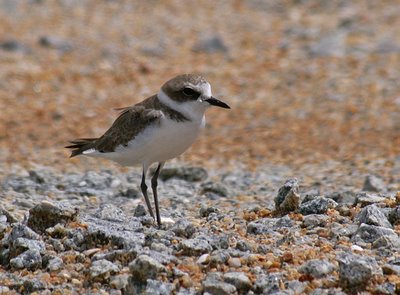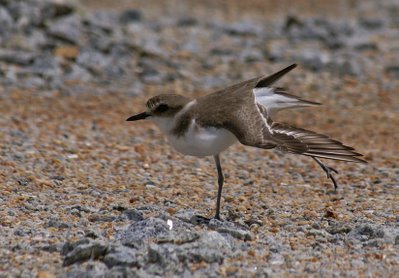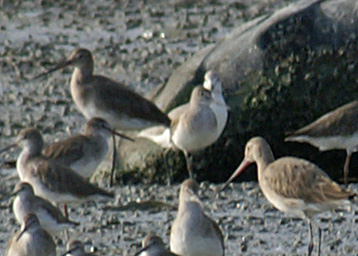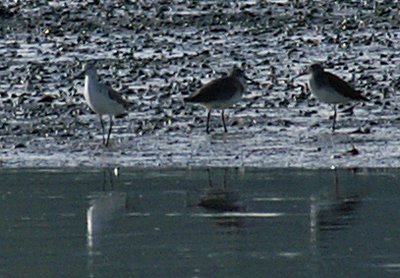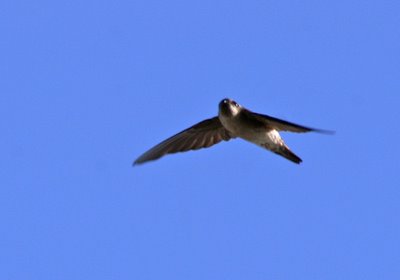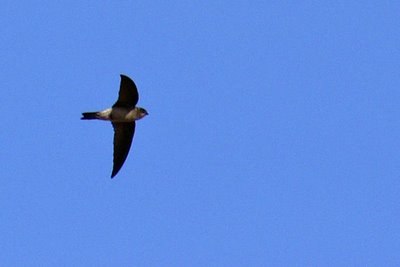On our first morning, we took an early trip to Moggil State Forest in search of Forest Kingfisher and Painted Buttonquail. We saw neither and the forest was actually pretty quiet. The most embarrassing moment was when we spotted a Kookaburra sitting on a gate post. It wasn't until we took a second look at it that we realised it was actually made of pottery! Better keep quiet about that one!

A Sulphur-crested Cockatoo in its natural habitat.
En route home we stopped by an undistinguished stretch of suburban verge to see another of my sought-after species. Here it is:
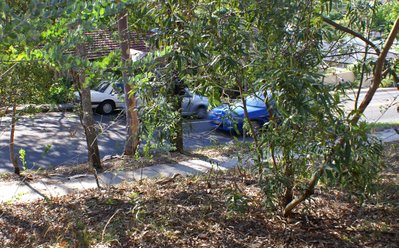
When I think of thick-knees (or stone-curlews), I think of wild, remote places. I certainly wouldn't have expected to find a pair sitting just inches away from a footpath in a busy suburban neighbourhood. This pair of Bush Thick-knees live on a narrow strip of scrub in just such an environment.
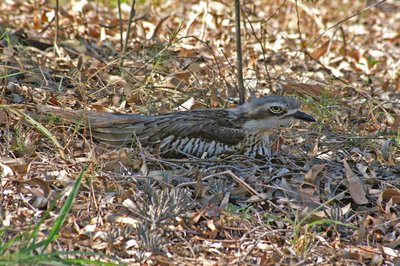
A bit like frogmouths, they rely on blending in with their environment to escape detection by day, and are nocturnal feeders. At night we heard their unearthly screams just down the road from Roger's house. Luckily he had told us about this possibility in advance, otherwise we might have thought some gruesome murder was being committed!

You can just about see me taking the picture in the bird's iris, with Roger standing in the background!
In the afternoon took a walk along the river at a bafflingly-named spot called Fig Tree Pocket.

A small colony of Rainbow Bee-eaters were nesting in a horse paddock and really caught the eye in the late afternoon sun. They are somewhat similar to the Blue-tailed Bee-eaters we get in Malaysia, but their colours, especially the greens, are even more intense. Also I noticed that the tail-streamers were slightly spatulate at the tip.

I snapped this female Australian Darter as it flew over the bee-eater colony.
Down by the river was some tangled undergrowth where Roger told me I had a good chance of seeing Red-backed Wren, another of the species I was keen to see and photograph. Male fairy-wrens are polygamous and move around with a harem of females and young birds. In response to Roger's expert squeaking, several birds emerged, but the male kept frustratingly in the background.
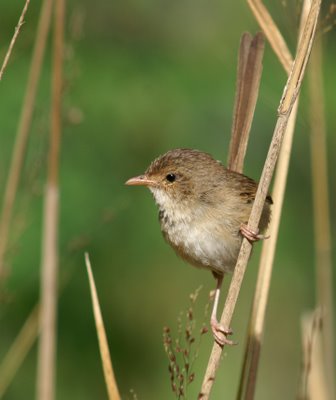
Part 2 in my series of pictures of dull females of colourful species: Red-backed Wren!
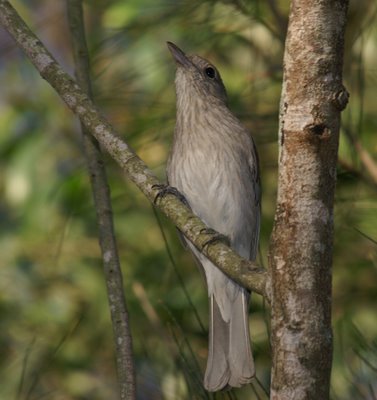
Part 3: Rufous Whistler. Apparently the male is a really smart bird but I wouldn't know - I only saw this female!
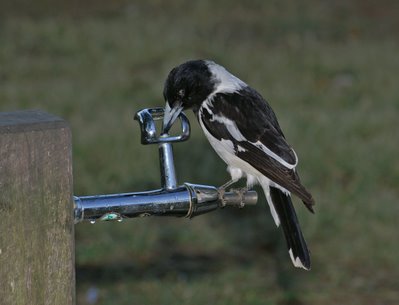
This Pied Butcherbird amused us by making use of the public amenities in the local park.










